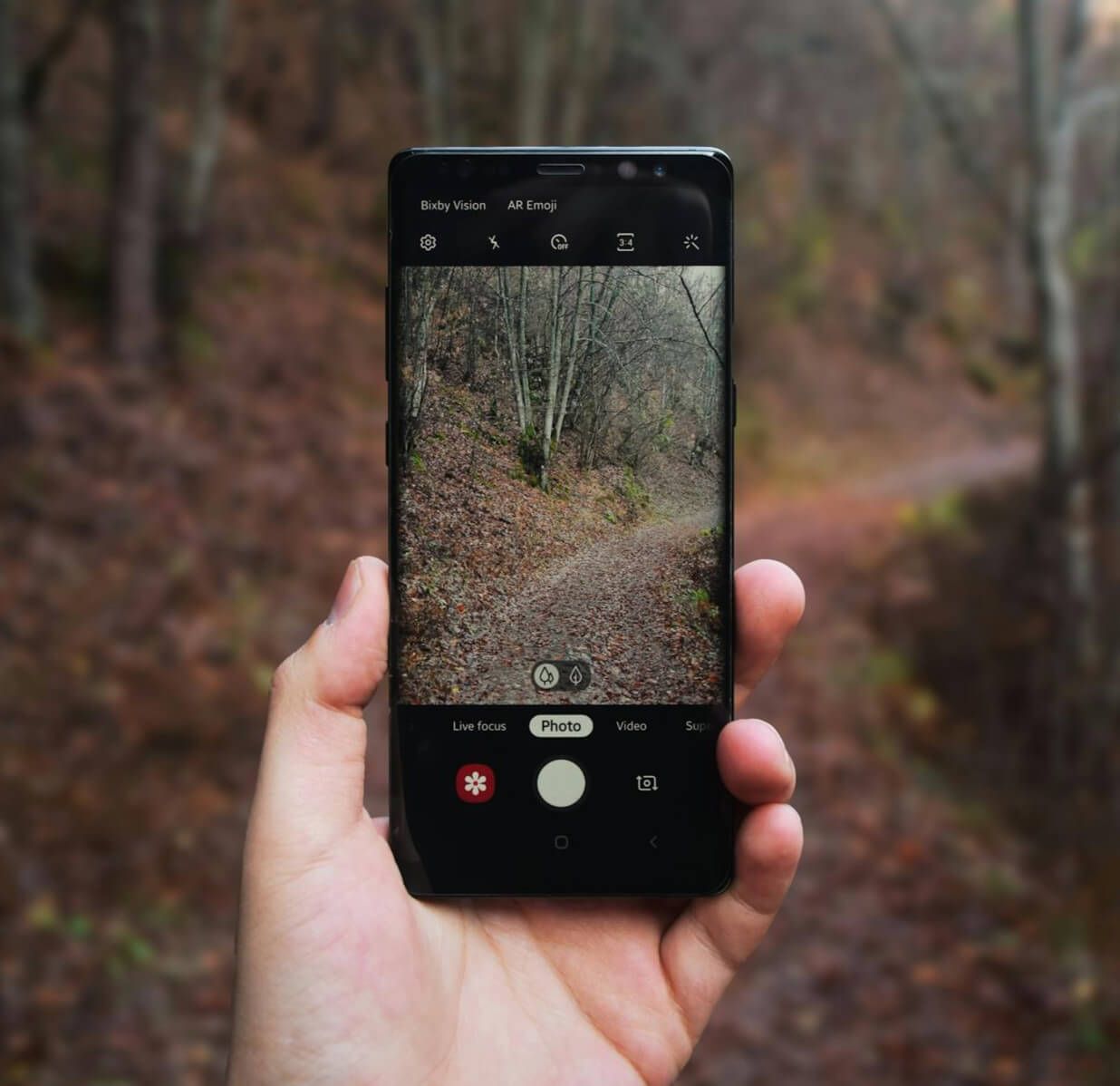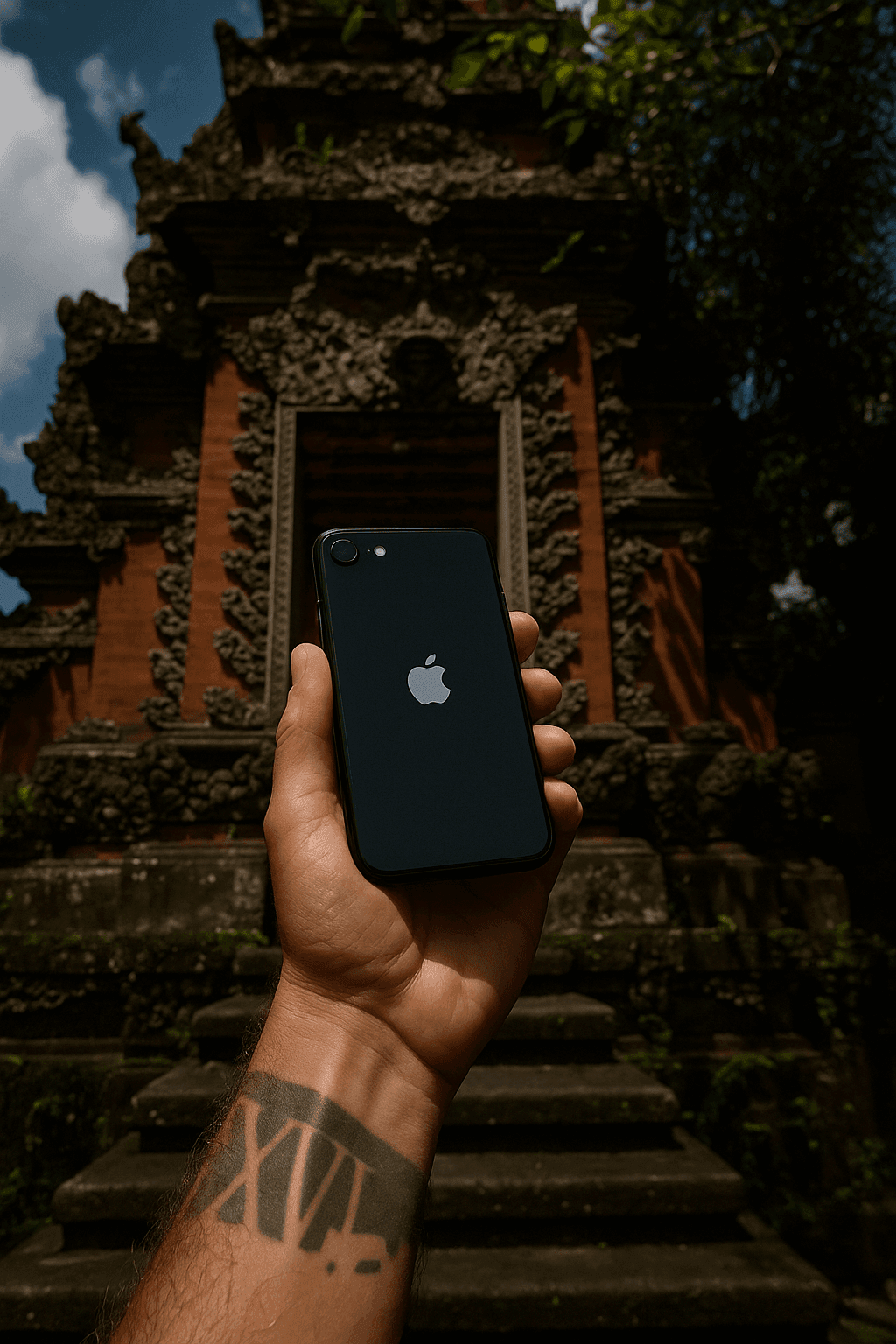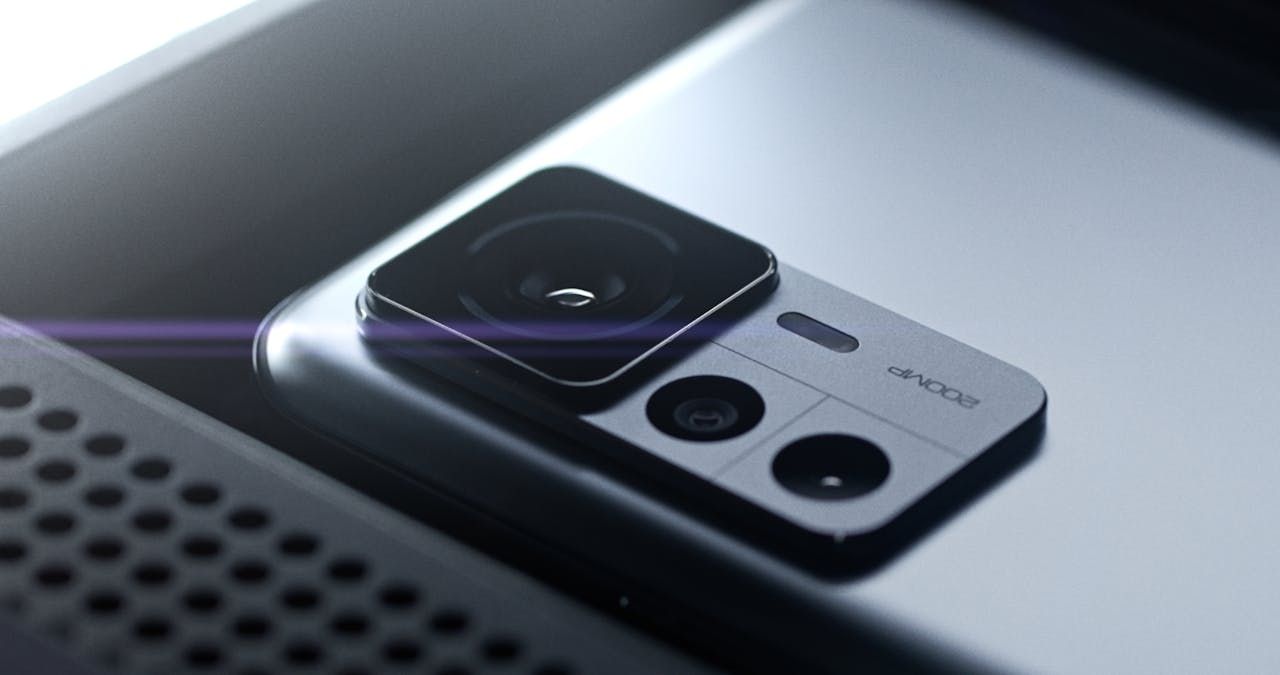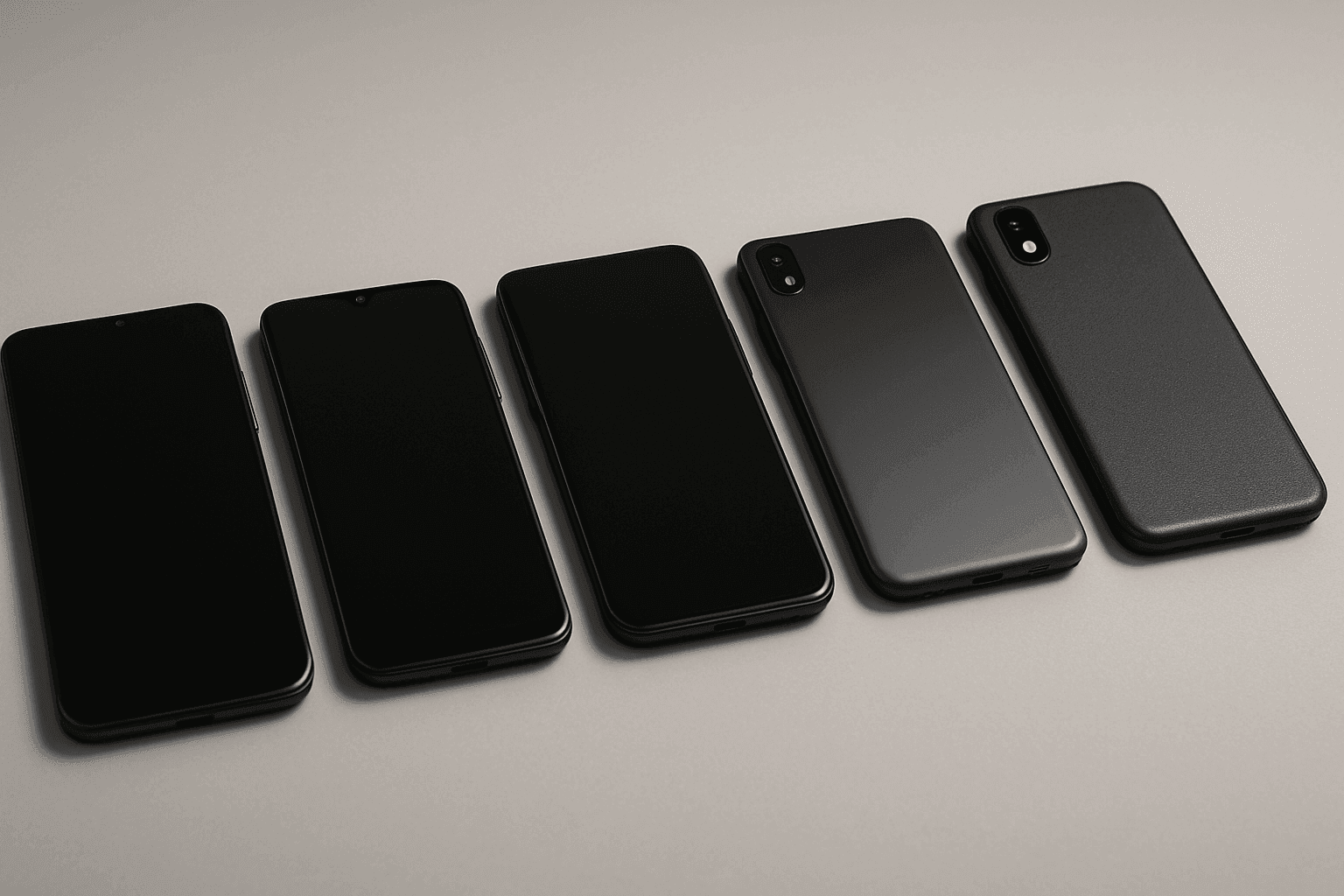In 2025, cheap phones with eSIM support are everywhere. This means you can get good connectivity without spending a lot of money. Whether you travel often, work remotely, are a student, or just want a budget-friendly phone, there are plenty of affordable options available.
In this guide, we will help you find the best low-cost eSIM phones that still offer good performance, battery life, and cameras, so you can stay connected wherever you go without paying too much.

The 5 Best Cheap Phones with eSIM in 2025
Finding a great deal on a phone with eSIM support is easier than ever. In 2025, these five models stand out as the best value picks, combining solid performance, useful features, and affordability to fit any budget.
Google Pixel 4a: Still a Top Value Pick
The Google Pixel 4a remains a fan favorite for good reason. Even a few years after its release, its camera performance is legendary in the budget space. It runs a clean version of Android, free from the clunky software that often slows down other cheap phones. For travelers, its eSIM support is straightforward and reliable. Priced at $230, it is a bargain.
![]()
Samsung Galaxy A52: A Feature-Packed All-Rounder
The Samsung Galaxy A series has a portmanteau of all the budget models supporting eSIM. The Samsung Galaxy A52 is for those who want a bit of everything. It boasts a beautiful and smooth Super AMOLED display, a versatile quad-camera system, and a solid battery. It feels more premium than its price tag suggests, around $399, and handles both daily tasks and travel needs with ease. While some international versions of the A52 lack eSIM, many models include it, so be sure to check before you buy.

Apple iPhone SE (2022): iOS Simplicity with eSIM
For those who love Apple’s ecosystem, the iPhone SE (3rd generation) is the perfect entry point. At $399, it offers the premium feel of owning an iPhone with eSIM support. It packs the incredibly powerful A15 Bionic chip—the same one found in the iPhone 13—into a compact and classic design. This means you get lightning-fast performance and years of software updates. Its eSIM implementation is seamless, making it a top choice for travelers who want a no-fuss experience.

Sony Xperia 10 IV: Solid Build, Clean Android
Sony phones are known for their unique design and durable build, and the Xperia 10 IV is no exception. It’s tall, slim, and incredibly lightweight, with a fantastic battery that can last up to two days. It also features a clean Android interface and, importantly, supports eSIM alongside a physical SIM card. Priced at $349, it has a 6-inch OLED display and a Snapdragon 695 processor with 6GB of RAM. It’s a workhorse phone for anyone who values reliability and battery life above all else.
Xiaomi 12T Pro: Flagship Specs at a Mid-Range Price
If you want raw power without the flagship price, the Xiaomi 12T Pro is a stunning choice. It features a 6.67-inch AMOLED display. Powered by a Qualcomm Snapdragon 870 chipset and 8GB RAM, for a price of around $399. The main camera boasts 200MP, and it has a big 5000mAh battery. For a phone in this price range, those specs are almost unheard of. It also supports eSIM, making it a dream for content creators on the go who need top-tier performance for photos and videos while staying connected anywhere.

Which Phones Perform Best for eSIM While Traveling?
While all the phones on our list handle eSIMs well, they cater to different types of travelers. The Google Pixel and iPhone SE are often highlighted by users for having the most straightforward and bug-free eSIM activation process. Their clean software seems to give them an edge. The Samsung Galaxy A52 is a strong contender for its balance of features, though it’s crucial to ensure you’re buying a model with eSIM enabled. Ultimately, the best choice often comes down to personal preference and travel style.
-
Best for Apple fans: The iPhone SE is the clear winner. It offers access to the secure and easy-to-use iOS ecosystem, and its powerful A15 chip ensures it will stay fast for years.
-
Best all-rounder: The Samsung Galaxy A52 provides a fantastic screen, a versatile camera setup, and reliable battery life, making it a perfect daily driver that’s ready for travel.
-
Best for camera lovers: The Xiaomi 12T Pro is in a league of its own with its 200MP main sensor, delivering flagship-level photos for a fraction of the cost.
When you’re looking for the cheapest eSIM phone, you have to decide what’s most important to you. Is it a battery that lasts all day, a camera that captures your memories beautifully, or enough storage for all your apps and photos? Below is a comparative table:
| Feature | Google Pixel 4a | Samsung Galaxy A52 | Apple iPhone SE (2022) | Sony Xperia 10 IV | Xiaomi 12T Pro |
|---|---|---|---|---|---|
| Est. Price (Refurbished) | $349 | $399 | $399 | $349 | $399 |
| Battery Capacity / Rating | 3140 mAh (Good) | 4500 mAh (Excellent) | 2018 mAh (Fair) | 5000 mAh (Outstanding) | 5000 mAh (Excellent) |
| Storage Options | 128 GB | 128 GB / 256 GB (+ microSD) | 64 GB / 128 GB / 256 GB | 128 GB (+ microSD) | 128 GB / 256 GB |
| Main Camera | 12.2 MP | 64 MP | 12 MP | 12 MP | 200 MP |
| Chipset / Speed Tier | Snapdragon 730G (Good) | Snapdragon 720G (LTE) / 750G (5G) (Very Good) | A15 Bionic (Outstanding) | Snapdragon 695 (Good) | Snapdragon 8+ Gen 1 (Flagship-level) |

Save Even More: Pair with a Budget Travel eSIM
Once you’ve found the cheapest eSIM phone that fits your needs, the next step is to pair it with an affordable data plan. This can save you a lot of money, especially compared to the high cost of international roaming with your regular carrier.
Yoho Mobile is a great choice. They offer flexible, low-cost data plans in hundreds of countries, much cheaper than traditional roaming. Just land, activate your plan, and you’re online in minutes. If you want to test it out first, you can try a free eSIM from Yoho Mobile now! When you’re ready to purchase a plan, use the code YOHO12 at checkout for 12% off.

Who Should (and Shouldn’t) Buy a Budget eSIM Phone?
A cheap eSIM phone is a brilliant tool for the right person, but it’s not for everyone. Understanding your own needs is the key to making a smart purchase.
Ideal Candidates for a Budget eSIM Phone
-
Travelers: An unlocked budget phone is the perfect travel companion. It’s low-risk if it gets lost or stolen and gives you incredible flexibility with local data plans.
-
Light Phone Users: If you primarily use your phone for calls, texts, social media, and browsing, there’s no need to overspend. These phones are more than capable.
-
Kids or Teens: They make a fantastic first phone. You get modern features without the high cost or worry.
-
Secondary Phone Needs: For those who need a separate work line or a backup device, a budget eSIM phone is an affordable and practical choice.
Who Might Want to Look Elsewhere
-
Hardcore Gamers: While the Xiaomi 12T Pro is a strong performer, dedicated gamers will want the absolute best graphics and processing power found in high-end flagship phones.
-
Heavy App Users & Power-Users: If you constantly switch between dozens of demanding apps or rely on your phone for heavy video editing, investing in a device with more RAM and a top-tier processor might be a better long-term choice.
-
Content Creators Needing the Best Video: While the cameras are great for photos, those who shoot professional-quality video will want the advanced stabilization and recording features of a flagship model.
Avoid These eSIM Mistakes When Buying a Budget Phone
While eSIM technology is fantastic, you can sometimes run into small hiccups, especially on older or budget devices. Here’s what to look out for:
-
Your phone might be carrier-locked: Some budget phones may be carrier-locked, which can prevent you from using a travel eSIM. Always buy an “unlocked” phone. This is the most important factor for travel phones.
-
You can’t use both SIMs freely at once: Most of these phones operate in a “Dual SIM, Dual Standby” mode. This means you can have one physical SIM and one eSIM active, but only one can be used for data at a time, and you might not be able to receive a call on one line if the other is active on a call. So, plan ahead. Designate your travel eSIM for data and use apps like WhatsApp for calls to avoid issues.
-
Your camera can’t read eSIM QR codes: Occasionally, a phone’s camera might struggle to scan the QR code needed to activate an eSIM, especially in low light. Most eSIM providers offer a manual activation option. You can simply copy and paste the activation details instead of using the QR code. If you’re interested in how to get and activate an eSIM with a QR code, you should check out this how-to guide.
What’s Next for Cheap eSIM Phones?
The rise of the cheap eSIM phone isn’t an accident. It’s the result of major shifts in the mobile industry. Understanding these trends can help you know what to look for next. As more flagship phones go “eSIM-only,” the technology is becoming standard. This forces component makers to produce eSIM chips more cheaply, and that savings is now trickling down to budget devices.
eSIMs give users the freedom to switch providers easily, which is forcing mobile carriers to compete more on price and service instead of locking customers into long contracts with a physical SIM. A few years ago, adding an eSIM was an extra cost. Now, it’s becoming a baseline feature that customers expect, even at lower price points.
For 2026, we expect to see a wave of reliable sub-$200 eSIM phones from major brands. Carrier support for eSIM will become nearly universal making it even easier to activate a plan anywhere. The line between a “budget” phone and a “mid-range” phone will continue to blur as more premium features become standard on cheaper models.
FAQs About Cheap Phones with eSIM
Can I use a travel eSIM on these budget phones?
Yes, absolutely! As long as the phone is “unlocked,” you can use a travel eSIM. This is the main reason they are so great for travel.
Will a cheap eSIM phone work with my local carrier?
Yes. If the phone is unlocked, you can use an eSIM from your home carrier for your primary line and a travel eSIM when you’re abroad.
Do I still need a physical SIM card?
It depends on your needs. Many people enjoy the flexibility of having a physical SIM slot for their main number and using the eSIM slot for travel plans or a secondary line. However, you could go completely digital with eSIMs for both.
Is it better to buy an unlocked or carrier-locked?
For travel and flexibility, always buy an unlocked phone. A carrier-locked phone will only work with that specific carrier, which completely defeats the purpose of having an eSIM for travel. You may also be interested in how to tell if your phone is unlocked.
How do I switch eSIMs when traveling?
Switching is simple! In your phone’s settings (usually under “Cellular” or “Network”), you can store multiple eSIM profiles. You just tap to turn one off and another one on. It’s like changing a SIM card, but without needing a paperclip.
